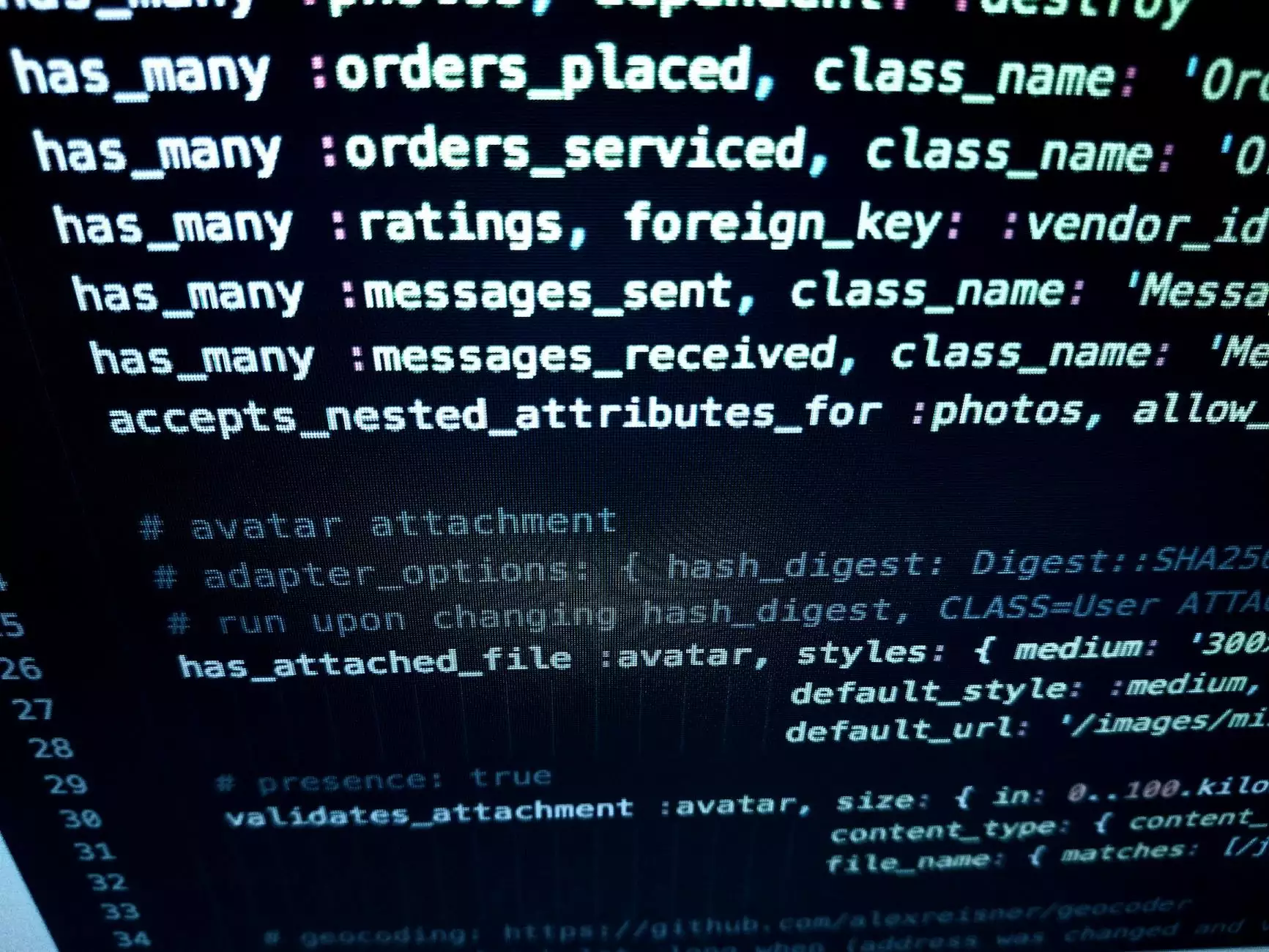What Are Primary and Secondary Sources?

Welcome to La Historia Society, your premier destination for exploring the rich history and diverse community of the world. In this article, we will delve into the concept of primary and secondary sources, important tools in historical research, and understand their significance in gaining a deeper understanding of the past.
The Importance of Primary Sources
Primary sources are firsthand accounts or original documents created during the time period under study. These sources provide direct evidence and insights into the events, people, and ideas of the past. They include diaries, letters, speeches, interviews, photographs, artifacts, and official records. Primary sources allow historians and researchers to get as close as possible to the subject matter and make interpretations based on actual evidence.
By consulting primary sources, we can develop a deeper appreciation for the experiences and perspectives of those who have directly witnessed historical events. Their immediacy and raw authenticity offer a unique window into the past, enabling us to understand the thoughts, motivations, and emotions of individuals who shaped our world.
Examples of Primary Sources
Examples of primary sources include:
- Original manuscripts or writings
- Autobiographies and memoirs
- Poetry and creative works
- Newspaper articles from the time
- Government documents and legislation
- Personal interviews or oral history recordings
- Photographs, illustrations, and paintings
- Artifacts and archaeological findings
- Scientific experiments and data
Understanding Secondary Sources
Secondary sources, on the other hand, are interpretations or analyses based on primary sources. These sources are created by historians, scholars, or researchers who have studied and synthesized multiple primary sources to present a broader understanding of a particular topic or period.
Secondary sources serve as scholarly works that contribute to the ongoing discourse and knowledge in a field. They provide analyses, interpretations, and evaluations of primary sources, often offering new perspectives or advancing existing theories. Since secondary sources rely on primary sources, they are typically written after the events or time period being studied.
Examples of Secondary Sources
Examples of secondary sources include:
- History textbooks and academic books
- Journal articles and scholarly papers
- Biographies and historical analyses
- Documentaries and films about historical events
- Research papers and conference proceedings
The Value of Primary and Secondary Sources in Research
When conducting historical research, both primary and secondary sources have their own unique value. Primary sources provide direct evidence and firsthand accounts of events, while secondary sources offer analysis, context, and interpretations of those events.
By utilizing a combination of primary and secondary sources, researchers can paint a more comprehensive and accurate picture of the past. Primary sources offer intimate glimpses into the thoughts and experiences of individuals, while secondary sources provide broader perspectives and scholarly analysis.
Incorporating Primary and Secondary Sources
Historical research often involves a synthesis of primary and secondary sources. Historians examine primary sources to gather evidence and gain insights, and then rely on secondary sources to contextualize and interpret that evidence.
By cross-referencing primary and secondary sources, researchers can validate information, identify biases, and develop well-rounded arguments. This multi-dimensional approach ensures a more nuanced understanding of historical events and encourages critical thinking.
Conclusion
In conclusion, primary and secondary sources serve as essential tools in historical research, offering different perspectives and levels of analysis. At La Historia Society, we appreciate the value and significance of these sources in understanding the past. Whether you're a student, scholar, or simply curious about history, exploring primary and secondary sources will enhance your knowledge and appreciation of our shared human story.
Join us at La Historia Society, your trusted online resource for community and society information. Discover the richness of history, uncover untold stories, and engage in the fascinating journey of exploration.









